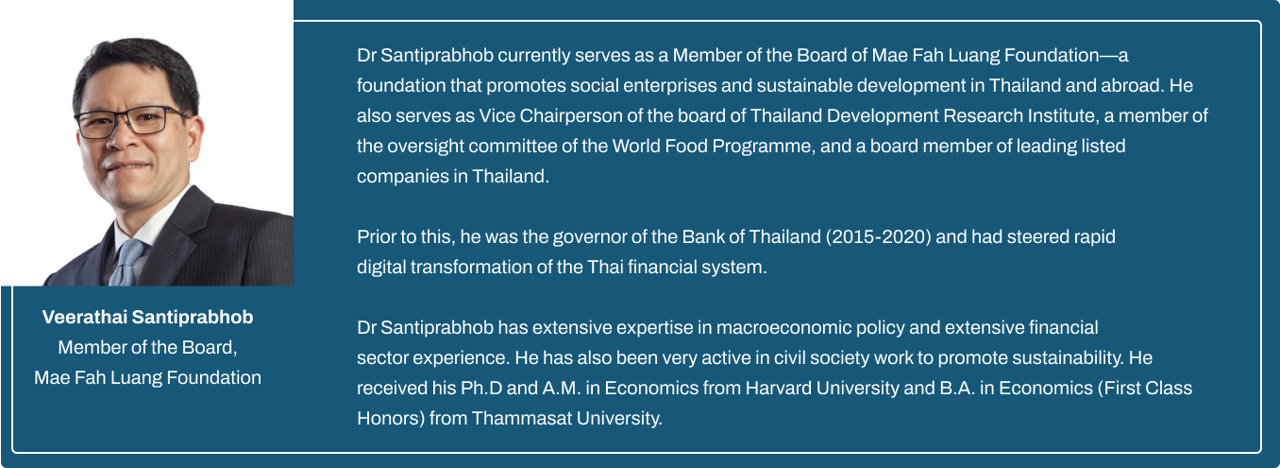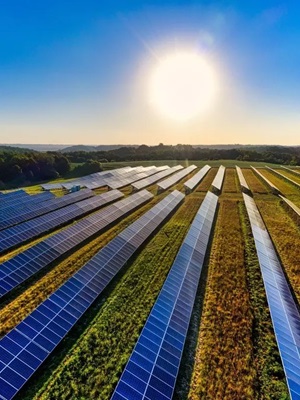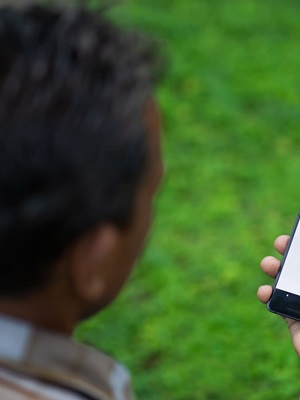Against a backdrop of rapid population growth, an expanding global middle class, and increasingly scarce natural resources, the traditional linear “take, make, dispose” business model is no longer viable. Global trends necessitate everyone to use resources more efficiently and keep them in use as long as possible.
According to the Global Footprint Network, global resource consumption in 2019 occurred 1.75 times faster than the planet’s ecosystems could regenerate. Additionally, the world remains on a path to exceeding two degrees Celsius of warming beyond the pre-industrial average. Adopting “circularity” at scale in the manufacturing and industrial sectors will significantly impact whether economies will achieve net-zero emissions.
Circularity is not a loss
Circularity is a process of reviewing every stage of the manufacturing process to continually reuse resources and eliminate waste, therefore maintaining parts, products, materials, equipment and infrastructure for longer. For example, waste from one process can be incorporated into another as a recovered or regenerative resource that can be put back into the environment sustainably. This not only works across hard products but also across business models, exploring every aspect from take, make and supply to purchase and reuse.
A McKinsey report estimates that a circular economy can boost Europe’s resource productivity by three per cent, resulting in savings of 600 billion euros a year. But according to the World Economic Forum, only nine per cent of the global economy is circular at present. There are additional financial benefits to consider in adopting a circular approach beyond savings; it’s an economy that could be a US$4.5 trillion business opportunity globally.
Circularity requires collaboration
Given the multiple parts and players in the manufacturing process, circularity can only be achieved in collaboration with customers, suppliers, local communities and governments. Only with such extensive participation can we dramatically reduce waste, reduce fuel and energy consumption and create a cycle of repair, reuse, refurbishment and recycling. For example, HP works with non-governmental organisations and local communities in the region to collect ocean-bound plastics that can then, working with partners, be reintroduced into the manufacturing stage of ink cartridges.
![pdr_hp_supplies_ink_cartridge_recycling_ar_1416_0-1-[1].jpg](/images/digitalhublibraries/articles-categories/549d1923-be68-4b97-8529-b78367d3caa6.jpg?sfvrsn=571a1817_2)
Ink cartridge recycling
Another example is HP Amplify Impact, launched in 2021, a programme that allows HP to extend the reach of our Sustainable Impact Strategy to channel partners, allowing them to also make a lasting positive change to planet, people and community utilising HP’s sustainability programmes while maximising business opportunities.
Circularity in technology
A key driver will be the advent of Fourth Industrial Technology solutions. Implementing technologies such as robotics and additive manufacturing can help to improve quality and therefore create less waste. For example, 3D printing technology has helped us replace traditional manufacturing and thus streamline processes in our supply chain. By doing so, we cut down on the carbon footprint needed for production and shipping.
This includes technologies such as intelligent lighting to cut down on energy costs, water recycling efforts and other means of using advanced technology to reduce the impact of manufacturing not just in the process but across the entire factory and office network.
Circularity in business models
However, it’s not just in the manufacturing process alone that we can achieve circularity. The predominant consumption-based approach that organisations are accustomed to follows a linear transactional path, in which customers purchase goods – for example, PCs, printers or ink cartridges – and replace them regularly. The circular economy is ushering in an altogether different model, called product-as-a-service (PaaS), which replaces these one-time transactions with ongoing, contractual, subscription-based customer service relationships.
HP Instant Ink – For example, HP sends ink when customers need it and charges only for printed pages. This model may appeal to households or small to medium businesses that do not use their printers frequently. Customers can sign up for a plan that suits their needs, like a phone or internet plan, and if the customer doesn’t use all the pages included in the monthly plan, some of these unused pages will roll over to the following month. The subscription includes ink, delivery and recycling of the used cartridges.
![pdr_hp_supplies_ink_cartridge_recycling_ar_1470_0-1-[1].jpg](/images/digitalhublibraries/articles-categories/a3804a09-4e85-4a20-8c45-e8f4ee2e709c.jpg?sfvrsn=771a9843_2)
Recyclable HP ink cartridge
Organisations that want to decarbonise and reduce other sustainability impacts must embrace circular business models and procurements.
HP imagines a future where customers prefer service-based solutions, viewing ownership models as expensive, inefficient and outdated. A paradigm shift is underway in terms of humanity’s relationship to “things,” and HP is – and intends to remain – at the forefront of this transition.
We firmly believe that sustainability is not the work of the “sustainability” function within the company, but rather, integrated into the entire company’s value chain and culture, from business models and product designs to the company’s culture.
The challenge is to inspire everyone and every entity in their role to incorporate sustainability into their work and business. To do this, we need to work closer together.
Posted 02/02/2023

















18 days ago
হ্যালো